Many people feel unwell or uncomfortable in some way when they travel by plane. It’s not unusual for passengers to have dry mouths, achy limbs, and swollen ankles while flying, and these symptoms are brought on by the airplane itself.
There is nothing you can do to completely resolve these problems, but you can move in the right direction by taking a few measures.
Drink more water:
You can manage anything that comes your way during flight travel by staying hydrated. The most readily available alternative is water, while electrolyte-rich liquids, such as sports drinks, can occasionally be beneficial as well. Avoid drinking things with caffeine (and diuretics) like soda and coffee. For every hour you are in the air, you should drink a bottle of water; the more frequent restroom visits will provide you with more chances to stretch.

Pack for hydration:
Low humidity in aircraft can be a serious issue. The humidity inside an airplane cabin is only about 10 to 20 percent, while in a pleasant home humidity range from 30 to 65 percent. Therefore, especially if you wear contact lenses, packing a decent moisturizer for dry skin and eye drops like the saline solution will make you and your body feel better. Just keep in mind to bring a travel-sized item to avoid the TSA.

Prepare your immune system:
It’s more likely that too many germs and your body’s weakened immune system would combine to cause cold on a flight than that the air is dirty or recycled. What you’re touching has been touched by hundreds of individuals, and everyone has been breathing and occasionally sneezing in the same little space for several hours. Even though you can bring disposable wipes for the tray tables, resting and drinking plenty of water are your greatest lines of protection.
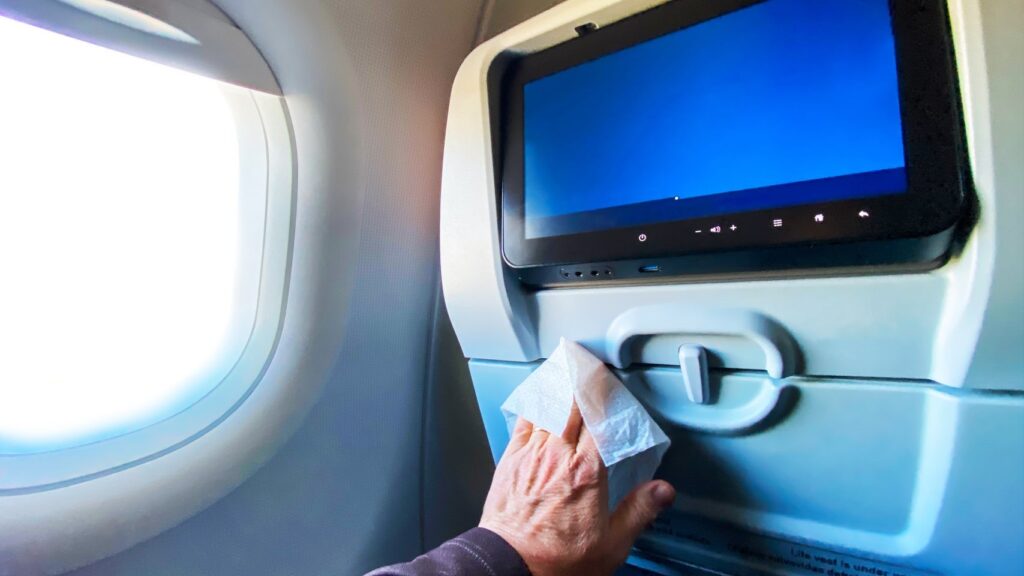
Flex your muscles:
Deep vein thrombosis (DVT), also referred to as “economy-class syndrome” in travel jargon, might be made more likely by immobility. Flying may increase your chance of developing deep vein thrombosis (DVT) but being immobile for an extended period (more than four hours) is never a good idea. In contrast, all you need to do to start the blood flowing is to flex your calf muscles, such as by tapping your foot, which also moves your thighs, hips, and shins. Other simple, covert ways to maintain blood flow include walking to the back of the plane or using the lavatory.
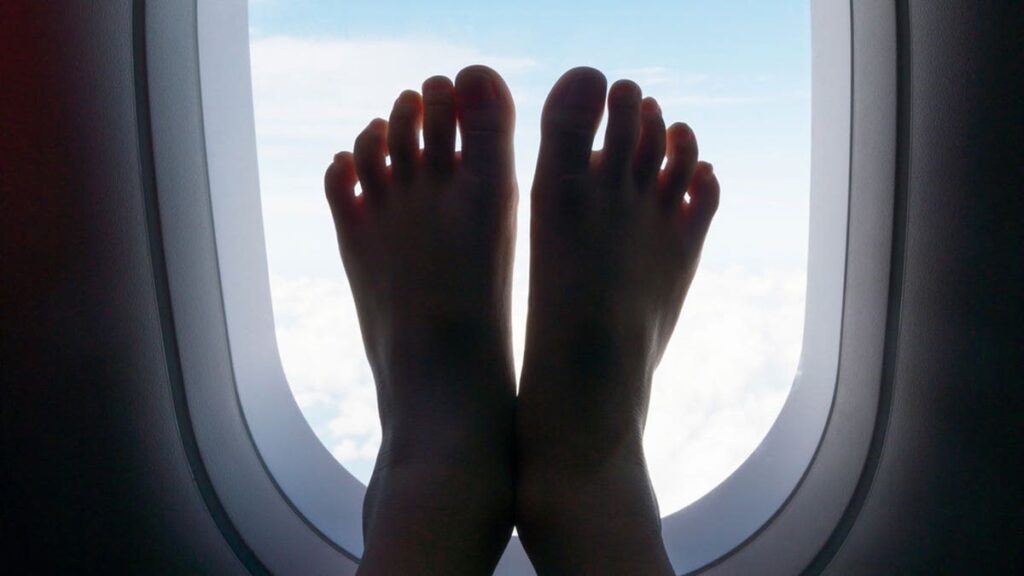
Dress comfortably:
Even though choosing your travel attire is becoming a more personal choice, layers are essential. Even though flights are typically cold, having the freedom to add and remove layers can be quite helpful as you become used to various airports and possibly even regions.

Stretch everything:
Stretching is a smart idea if your body will be in one posture for an extended period. To stretch your back, bring your chest to your thighs, and extend your arms in front of you.
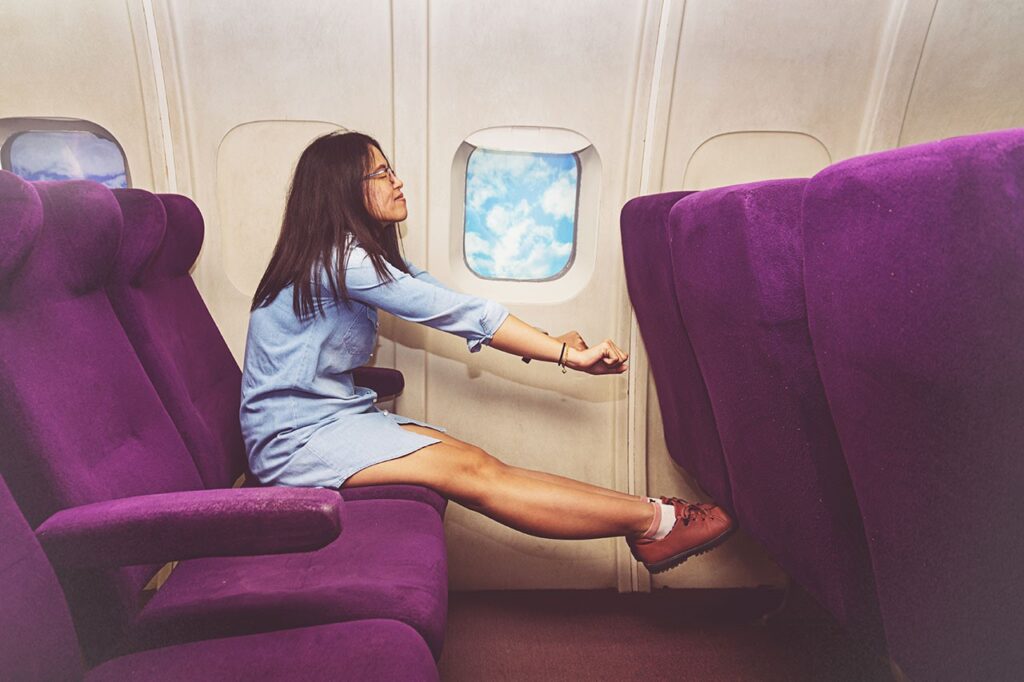
Breathe:
As soon as you’re seated, take a few deep breaths. In addition to calming your anxiety or worry before a flight, breathing exercises and meditation can also help you get acclimated to a new altitude.
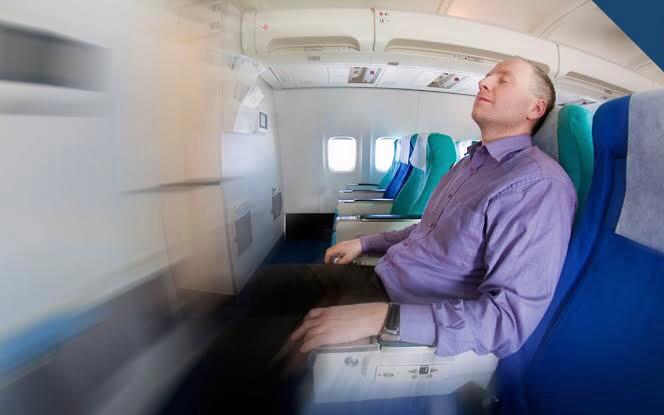
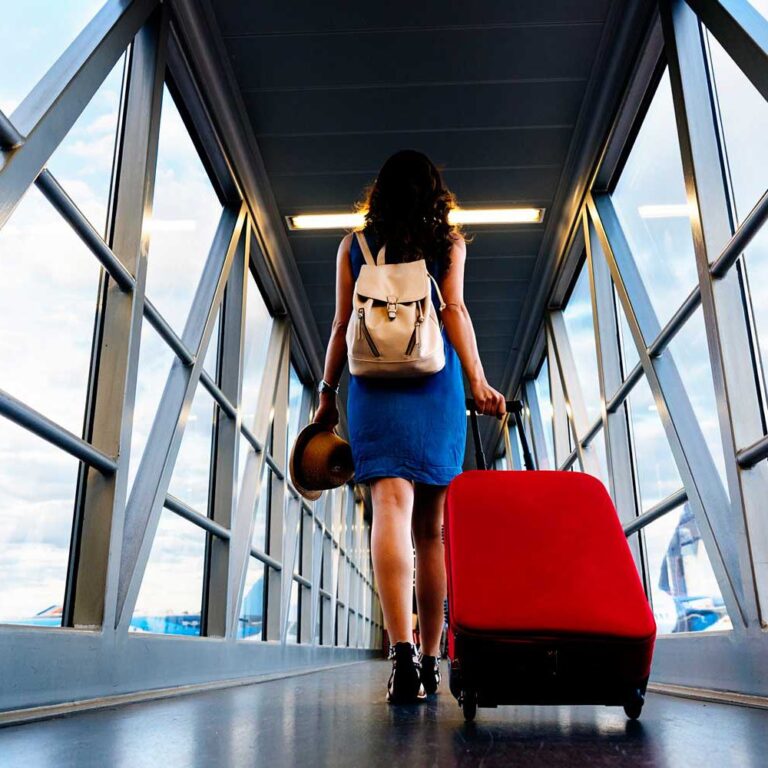
Comments are closed.